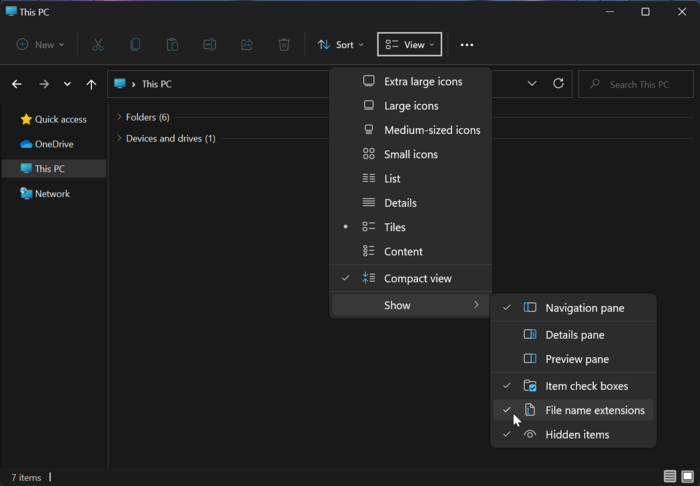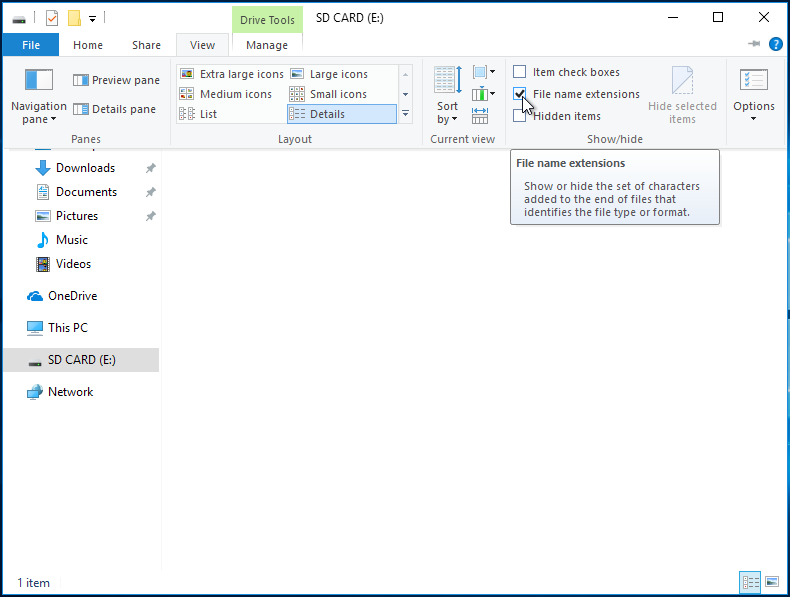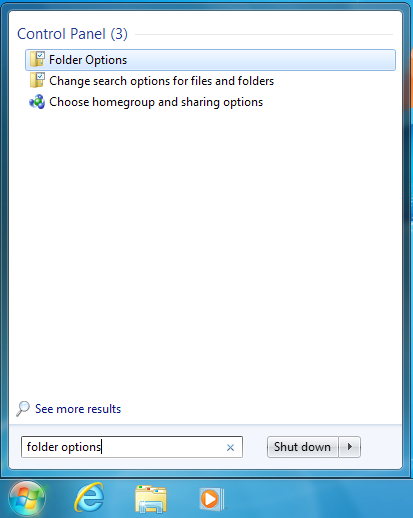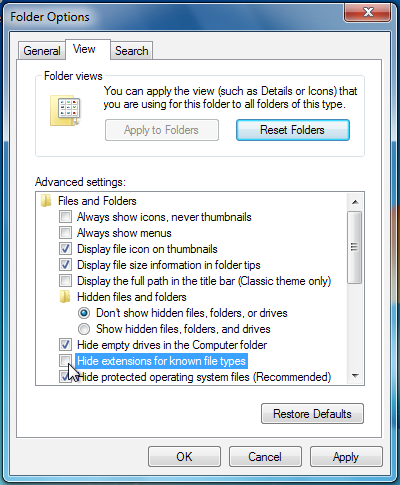File Extensions on Windows: Difference between revisions
From Hacks Guide Wiki
More actions
No edit summary |
No edit summary |
||
| Line 3: | Line 3: | ||
This will make it easier for you to find the referenced files in the rest of this guide. | This will make it easier for you to find the referenced files in the rest of this guide. | ||
== Windows 11 == | |||
#Launch File Explorer by opening any directory, such as your SD card directory | #Launch File Explorer by opening any directory, such as your SD card directory | ||
| Line 12: | Line 10: | ||
#Click "File name extensions" to enable it<br>[[File:Windows-11-file-extensions.png|700px]] | #Click "File name extensions" to enable it<br>[[File:Windows-11-file-extensions.png|700px]] | ||
== Windows 10 / 8.1 / 8 == | |||
#Launch File Explorer by opening any directory, such as your SD card directory | #Launch File Explorer by opening any directory, such as your SD card directory | ||
| Line 18: | Line 16: | ||
#Check the box labeled "File name extensions"<br>[[File:Windows-10-file-extensions.png]] | #Check the box labeled "File name extensions"<br>[[File:Windows-10-file-extensions.png]] | ||
== Windows 7 == | |||
#Open the start menu by clicking on it or using the Windows key | #Open the start menu by clicking on it or using the Windows key | ||
Revision as of 08:23, 14 June 2022
This is an add-on section for disabling Windows’s default behavior of hiding file extensions.
This will make it easier for you to find the referenced files in the rest of this guide.
Windows 11
- Launch File Explorer by opening any directory, such as your SD card directory
- Click the "View" option in the toolbar
- Go to "Show"
- Click "File name extensions" to enable it

Windows 10 / 8.1 / 8
- Launch File Explorer by opening any directory, such as your SD card directory
- Click the "View" option on the ribbon menu
- Check the box labeled "File name extensions"


